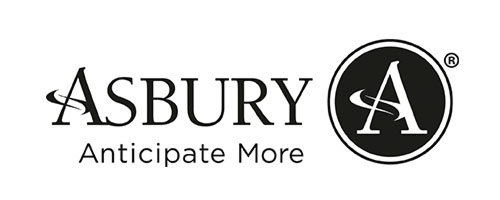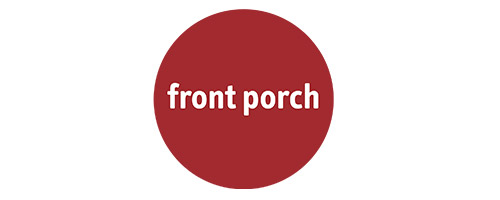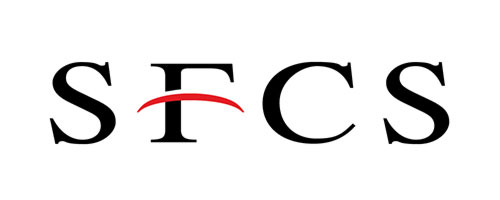Hydrate to stay active
Did you know up to 40% of older adults are under-hydrated? This can be a problem for the active aging community because adequate hydration is important for all types of activity. Under-hydration may lead to headaches, dizziness, physical weakness and much more. During the hot summer months, most people typically find it easy to remember to drink water. But it's important to make hydration a priority even when the weather gets colder. Below are some helpful tips to help older adults stay hydrated and active.
Start the day with a glass of water
Typically, people don't drink water during the night, which means they have been without fluid for hours by the time they wake up. Encourage older adults to start the day with a glass of water, which is a quick way to rehydrate the body.
Flavor water with fruits and/or vegetables
Flavoring water can make it much more enjoyable! Simply adding a lemon or lime to water can make it more flavorful. But there are many other ways to make water more tasty with fruits and veggies. You can find a number of creative recipes online.

Rethink drink choices
Alcohol and caffeinated drinks - like soda or energy drinks - can lead to dehydration. Encourage older adults to limit alcohol or to drink water in between drinking alcoholic beverages.
Caffeinated drinks, which are typically packed with sugar, can also lead to dehydration. Older adults should try to replace caffeinated, sugar-sweetened drinks with water. Try some of the flavorful recipes mentioned above if the water seems too bland.
Hydrate before, during and after physical activity
Dehydration can occur from physical activity if fluid lost through sweating is not adequately replaced. Hydrating before, during and after physical activity will help older adults avoid dehydration. Adults should aim to drink 8 ounces of water before physical activity, sip water throughout the activity and drink 16 to 24 ounces of water after the activity. This is especially important for people who sweat heavily. Beverages with electrolytes should be added if a person's sweat smells or tastes salty.
Older adults should also be aware that certain conditions can increase fluid loss. These include:
- Temperature. Higher temperatures increase sweat loss.
- Duration. The longer the activity, the greater the fluid loss.
- Body size and gender. Larger people generally sweat more, and men tend to sweat more than women.
- Intensity of the activity. A harder workout will cause individuals to sweat more.
Know the warning signs of dehydration
It's important to know the warning signs of dehydration! If older adults notice any of these warning signs, they should drink more water immediately. Dehydration warning signs include:
- Thirst.
- Dry mouth.
- Lack of energy.
- Light-headedness or dizziness.
- Dark urine or decreased urine output.
- This year during Active Aging Week, dive deep into hydration. Add a hydration theme day to your Active Aging Week agenda and share the importance of hydration to keep older adults active!
Stacey Potter, MS, RDN, LD is the performance dietitian for football at the University of Kansas.
Note: This information is not intended to replace a one-on-one relationship with a qualified healthcare professional and is not intended as medical advice. It is intended as a sharing of knowledge and information from research. The view expressed here are not necessarily those of the ICAA, we encourage you to make your own health and business decisions based upon your research and in partnership with a qualified professional.
Share
































